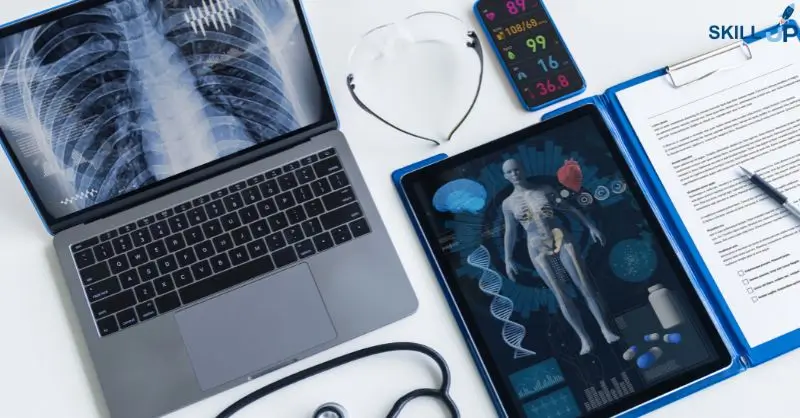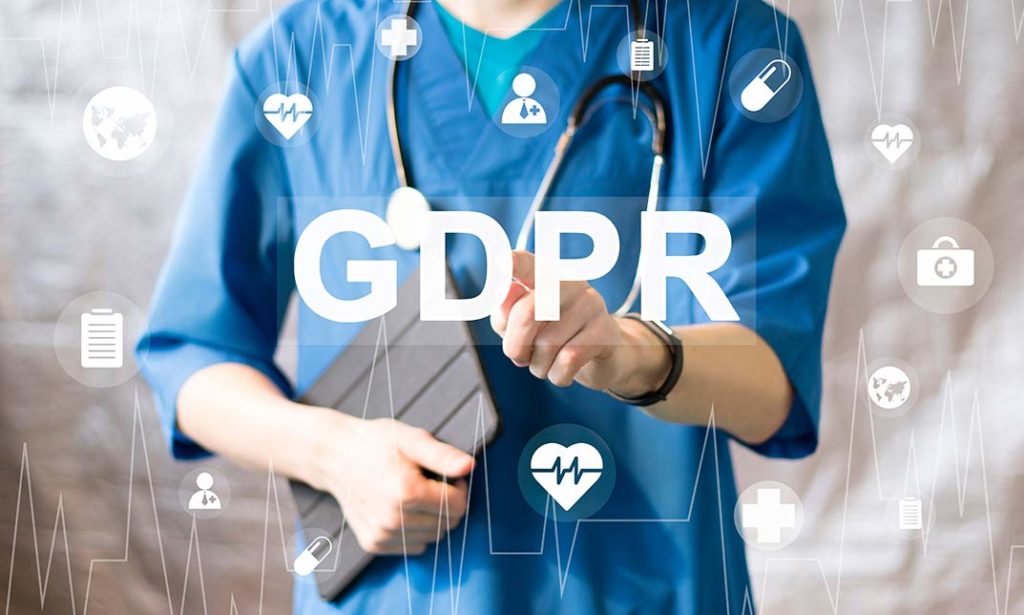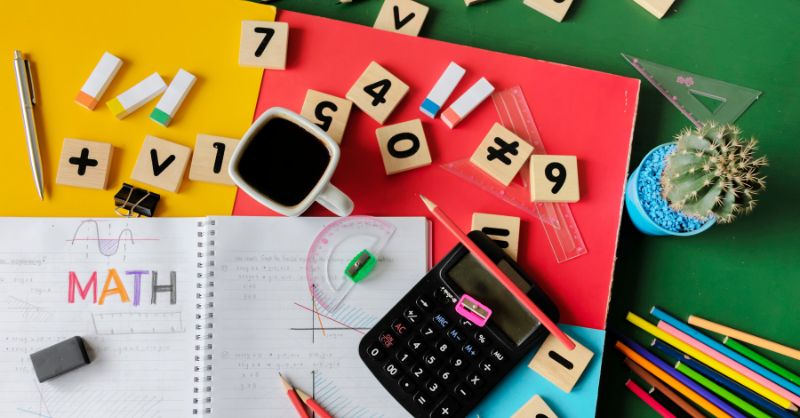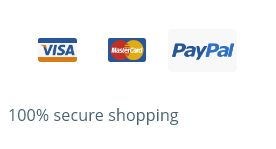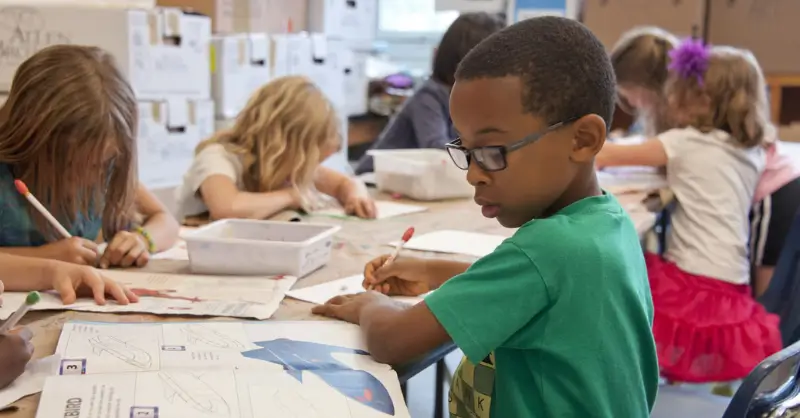
Traditional education has been the cornerstone of learning in the U.S. for centuries. However, cracks in its foundation are becoming more apparent. From standardized tests to outdated teaching methods and rising concerns over student well-being, the system is struggling to meet the needs of today’s learners.
Fortune magazine reveals nearly 33% of elementary students lack the required reading skills. Likewise, less than 40% of fourth graders are skilled at grade-level math. According to the National Assessment for Educational Progress (NAEP), eighth-graders history averages reached their lowest in 2023 since 1994. Moreover, each state reported instructor vacancies in at least one subject in 2022.
As challenges intensify, innovative alternatives emerge, offering hope for a brighter educational future.
This blog post explores why traditional education is lacking and how modern solutions can bridge the gap.
Table of Contents
Why Does the Traditional Model Fall Short?
Traditional education relies heavily on standardized curriculums and high-stakes testing. While these methods aim to ensure uniformity, they often leave little room for individuality. Students with unique learning needs can feel excluded, as the system prioritizes rote memorization over critical thinking and creativity.
Moreover, schools are slow to adapt to the rapid evolution of workplace demands. Skills like problem-solving, adaptability, and digital literacy are now essential, yet are sidelined in favor of outdated subjects and methods. This missing link between academic knowledge and real-world needs renders students unfit for their careers.
Another problem is relying on conventional grading. A single test or project determines a student’s abilities, creating unnecessary stress and often failing to capture their true potential. Such methods can discourage risk-taking and innovation, which is vital in today’s competitive world.
The Impact on Students’ Well-Being
The rigidity of traditional education affects learning and takes a toll on students’ mental health. The Post reports that a five-year-old will spend its first five years blissfully unrestricted. Then, this freedom is snatched away as the child enters elementary school. Now, the kid only gets 15 minutes to himself.
Experts believe children should spend at least 180 minutes outdoors. However, traditional education restricts this by curbing their freedom. High-stakes testing creates pressure to perform, at the expense of creativity and curiosity. For many students, this leads to anxiety, burnout, and disengagement from the learning process.
Additionally, one-size-fits-all teaching methods can deter students who function differently. For example, students with ADHD or other neurodivergent traits struggle in environments that don’t accommodate their needs. In 2022, the CDC disclosed that about 7 million American children aged 3 to 17 have ADHD. Without personalized support, these students may fall behind, intensifying sentiments of hopelessness and low morale.
Emerging Alternatives: Personalized and Flexible Education Models
Alternative models are gaining traction as the shortcomings of traditional education become apparent. One such approach is personalized learning, which tailors instruction to individual needs. Adaptive learning platforms powered by generative artificial intelligence can adjust lessons in real time. This ensures the students receive support where they require it most.
Stuart Russell, a Berkeley professor, predicts that AI-based chatbot assistants will likely disrupt formal education and empower students with personalized guidance. Russell believes this could happen by the end of this decade. These chatbots can deliver high-quality education to every child in the world via their smartphone or computer. In March 2023, OpenAI revealed it was testing a virtual tutor program powered by GPT-4 in collaboration with an education nonprofit.
Flexible formats like hybrid or project-based learning are also making a difference. These methods combine in-person and online education, allowing students to learn at their own pace. Gamified education, which uses game mechanics to make lessons more engaging, is another effective tool. These approaches prioritize engagement and skill-building, fostering a love of learning rather than a fear of failure.
Alternative schooling options, such as micro-schools, Montessori schools, and homeschool co-ops, offer even more flexibility. These smaller, focused environments encourage collaboration and hands-on learning, creating a more dynamic educational experience. Such models demonstrate how creativity and adaptability can transform education.
Empowering Educators Through Advanced Education Programs
Teachers are the backbone of any educational system, and their training is critical to success. As education transforms, teachers must embrace fresh methods and technologies. Programs designed for professional development, including online Ed.D programs provide valuable tools for educators to improve their skills.
Marymount University reveals these programs help teachers lead with innovation and address the diverse needs of modern students. Advanced training ensures teachers are equipped to teach and inspire, whether by becoming a chief learning officer, curriculum director, policymaker, or school superintendent.
By understanding and applying techniques like differentiated instruction and technology integration, educators can create inclusive, engaging environments where all students thrive.
Likewise, parents’ involvement is crucial in a child’s education. The grades on the report card hardly paint an accurate picture. According to Fox News, about 90% of parents claim their child performs at or above grade level post-pandemic.
In reality, only 50% of children are at that level. Experts blame this on report cards, as they inflate grades and mislead the parents. The good news is parents can understand and bridge this awareness gap.
They should engage in children’s learning journey, advocate for their needs, and communicate with their teachers. This partnership between parents and educators can create a strong student support system.
Bridging the Gap Between Tradition and Innovation
The solution to the challenges facing traditional education lies not in abandoning it entirely, but in integrating modern strategies. Schools can incorporate technology into classrooms to enhance lessons, such as using augmented reality for immersive history lessons or AI for real-time feedback. Collaborative learning spaces, physical and digital, can encourage teamwork and creativity.
For example, some schools have successfully adopted hybrid models, blending structured curriculums with flexibility. Others have implemented project-based learning, where students tackle practical issues, promoting analytical thinking and creative imagination. These initiatives show that reform doesn’t have to be radical to be effective—it just needs to be intentional.
People Also Ask
Q1. What are the signs that a child might be struggling in a traditional school environment?
Observe your child’s behavior. Signs like increased anxiety, reluctance to go to school, declining grades, or a sudden disinterest in learning could mean they’re struggling. Communicate openly and explore alternative options if needed.
Q2. How can I support my child’s learning at home, even if they attend a traditional school?
Yes. Parents can make a huge difference. Create a supportive learning space at home, free from distractions. Encourage kids to explore their interests, whether reading, coding, drawing, or building. Most importantly, show genuine interest in their learning and celebrate their efforts.
Q3. What are micro-schools, and how do they work?
Micro-schools are small, community-based academic setups. They involve individualized guidance, hands-on activities, and versatile, non-traditional curriculums. They often incorporate technology and innovative teaching methods, making them ideal for stimulating creativity and collaboration in ways traditional schools may overlook.
Traditional education is at a crossroads. Outdated methods, mental health challenges, and a lack of personalization have left many students underserved. The system must evolve to meet the demands of a rapidly changing world. However, emerging alternatives offer a way forward.
By embracing personalized learning, innovative technologies, and educator empowerment, we can create a system that works for every student. The path to a better education system is clear: a blend of tradition and innovation that nurtures students for life.
